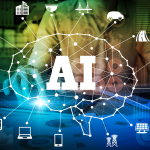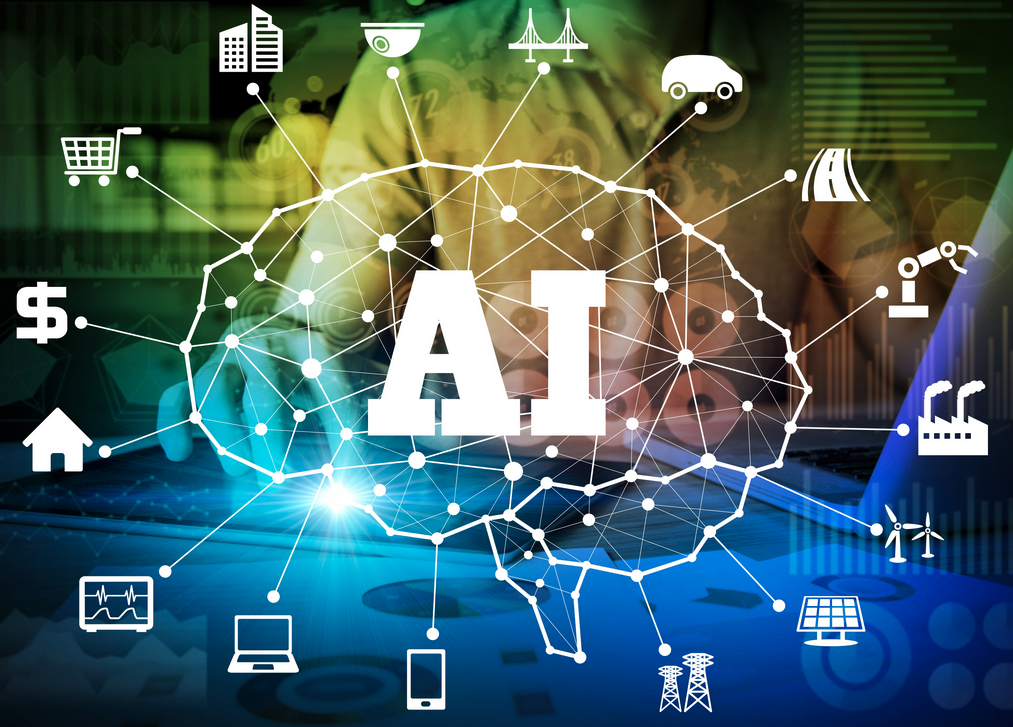What will happen to jobs with the rise and rise of Generative AI

OK where to start? First what is Generative AI? It is the posh term for things like ChatGPT from OpenAI or Bard from Google. And these Generative AIs based on Large Language Models are fast being integrated into all kinds of applications starting out with the chatbot integrated into Microsoft Bing browser and Dalll-E just one of applications generating images from text or chat descriptions.
Predicting what will happen with jobs is a tricky business. Jobs have been threatened by successive waves of technology. In general the overall effect on employment appears to have been less than was predicted. Of course there was a vast shift in employment with the advent of mechanization in agriculture but that took place around the end of the 19th century at least in some countries. And its pretty easy to find jobs that have disappeared in recent times - for instance employment in video shops. But in general it appears that disruption has been less than predicted in various surveys and reports. Technology has been used to increase productivity - for example in shops using self checkouts and automated stock management - or has been used to complement working processes and tasks rather than substitute for workers and the generation of new jobs to work with the technology
But what is going to happen this time round with all sorts of predictions and speculation - not helped by no-one quite knowing what Generative AI is capable of and even harder what it will be able to do in the very near future. Bill Gates (the founder of Microsoft) has said the development of AI is as fundamental as the creation of the microprocessor, the personal computer, the Internet, and the mobile phone. There is too much press and media speculation to even sum up the general reaction to the release of these new AI models and applications although Stephen Downes is making a valiant attempt in his OLDaily newsletter. Personally I enjoyed UK restaurant critic, Jay Raynor's account in the Guardian newspaper of when he asked ChatGPT to write a restaurant review in his own inimitable style. Of course, along with concerns over the impact on employment and jobs, there is much concern over the ethical implications of the new AI models although it is worth noting Ilkka Tuomi writing on LinkedIn (his posts are well worth following) has noted that the EU has been an early mover in policy and regulation. Ilkka also, while noting that education (and teaching) is more than just knowledge transformation, says "dialogue and learning by teaching are very powerful pedagogical approaches and generative AI can be used in many different ways in learning and education:. He concludes by saying: "This really could have a transformative impact."
Anyway back to the more general impact on jobs which is an issue for the new EU AI Pioneers project which focuses on the impact on Vocational Education and Training and Adult Education. Last weekend saw the release of a report by Goldman Sachs predicating that as many as 300 million jobs could be affected by generative AI and the labor market could face significant disruption. However they suggest that :most jobs and industries are only partially exposed to automation and are thus more likely to be complemented rather than substituted by AI". In the US they estimate 7% of jobs could be replaced by AI, with 63% being complemented by AI and 30% being unaffected by it. Perhaps one of the reasons for so much concern is that this wave of automation seems to be most likely to impact on skilled work with, say Goldman Sachs, office and administrative support positions at the greatest risk of task replacement (46%(, followed by legal positions (44%) and architecture and engineering jobs (37%).
What I found most interesting from the full report (rather than the press summaries) is the methodology. The report includes a quite detailed description. It says:
Generative AI’s ability to 1) generate new content that is indistinguishable from human-created output and 2) break down communication barriers between humans and machines reflects a major advancement with potentially large macroeconomic effects.
The report is based on "data from the O*NET database on the task content of over 900 occupations in the US (and later extend to over 2000 occupations in the European ESCO database) to estimate the
share of total work exposed to labor-saving automation by AI by occupation and industry." They assume that AI is capable of completing tasks up to a difficulty of 4 on the 7-point O*NET “level” scale and
"then take an importance- and complexity-weighted average of essential work tasks for each occupation and estimate the share of each occupation’s total workload that AI has the potential to replace." They "further assume that occupations for which a significant share of workers’ time is spent outdoors or performing physical labor cannot be automated by AI."
What are the implications for Vocational Education and Training and Adult Education? It seems clear that very significant number of workers are going to need some form of training or Professional Development - at a general level for working with AI and at a more specific level for undertaking new work tasks with AI. There is little to suggest present education and training systems in Europe can meet these needs, even if we expect a ramping up of online provision. The EU's position seems to be to push the development of Microcredentials which according the the EU Cedefop agency "are seen to be fit for purposes such as addressing the needs of the labour market, lifelong learning, upskilling and reskilling, recognising prior learning, and widening access to a greater variety of learners. Yet in their recent report, they say that
"Microcredentials tend to be a flexible, demand-driven response to the need for skills in the labour market, but they can lack the same trust and recognition enjoyed by full qualifications. In terms of whether and how they might be accommodated within qualification systems, they can pose important questions about how to guarantee their value and currency without undermining both their own flexibility and the stability and dependability of established qualifications."
The need for new skills for AI pose a question for how curricula can be adapted and updated faster than has been done traditionally. And they pose major questions for institutions to adapting course provsion to to new skill needs at a local and regional level as well as national. Of course there are major challenges for the skills and competences of teachers and trainers, who, the AI and VET project found, were generally receptive to embracing AI for teaching and learning as well as new curricula content, but felt the need for more support and professional training to update their own skills and knowledge (and this was before the launch of Generative AI models.
All in all, there is a lot to think about here.



